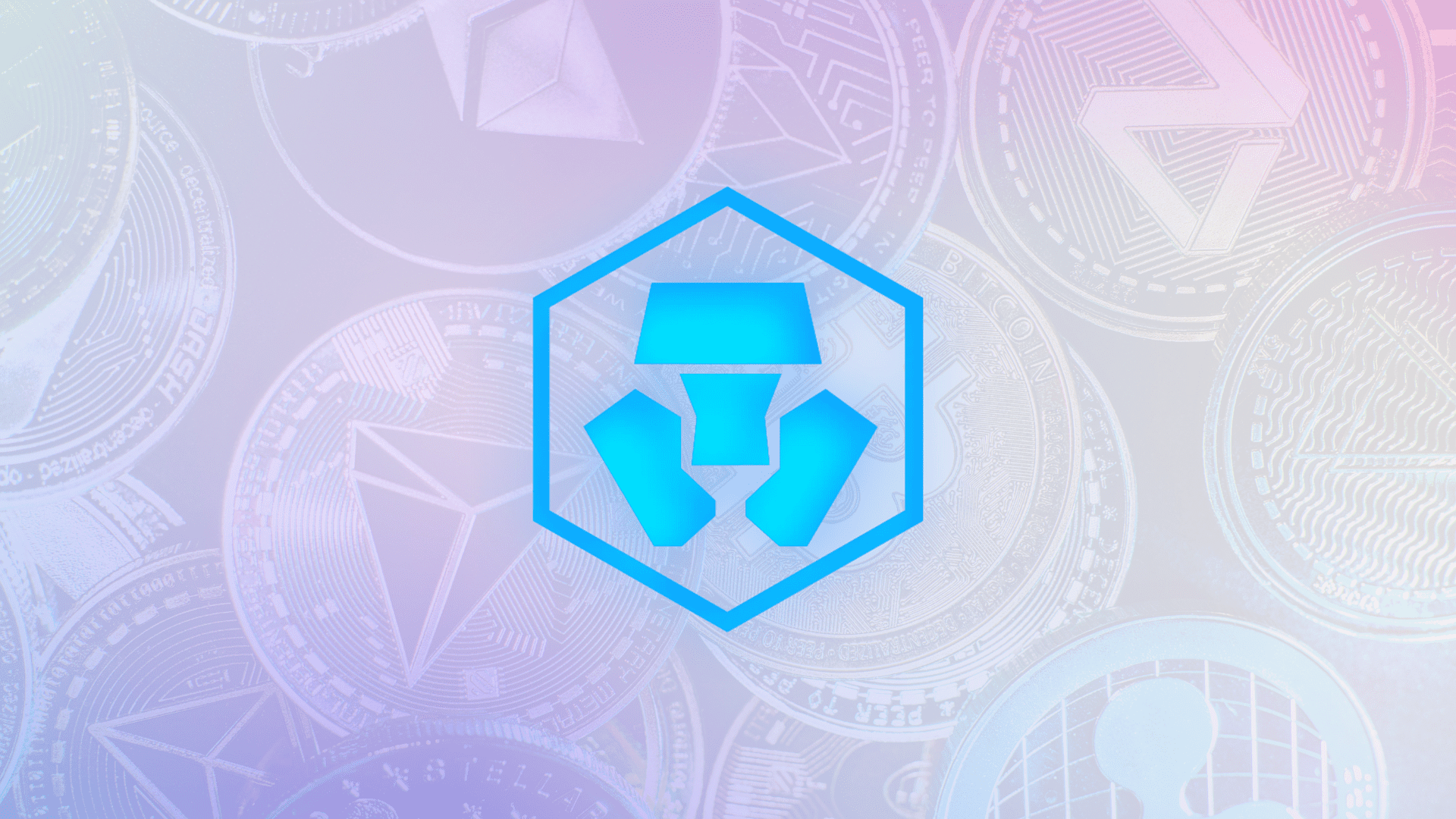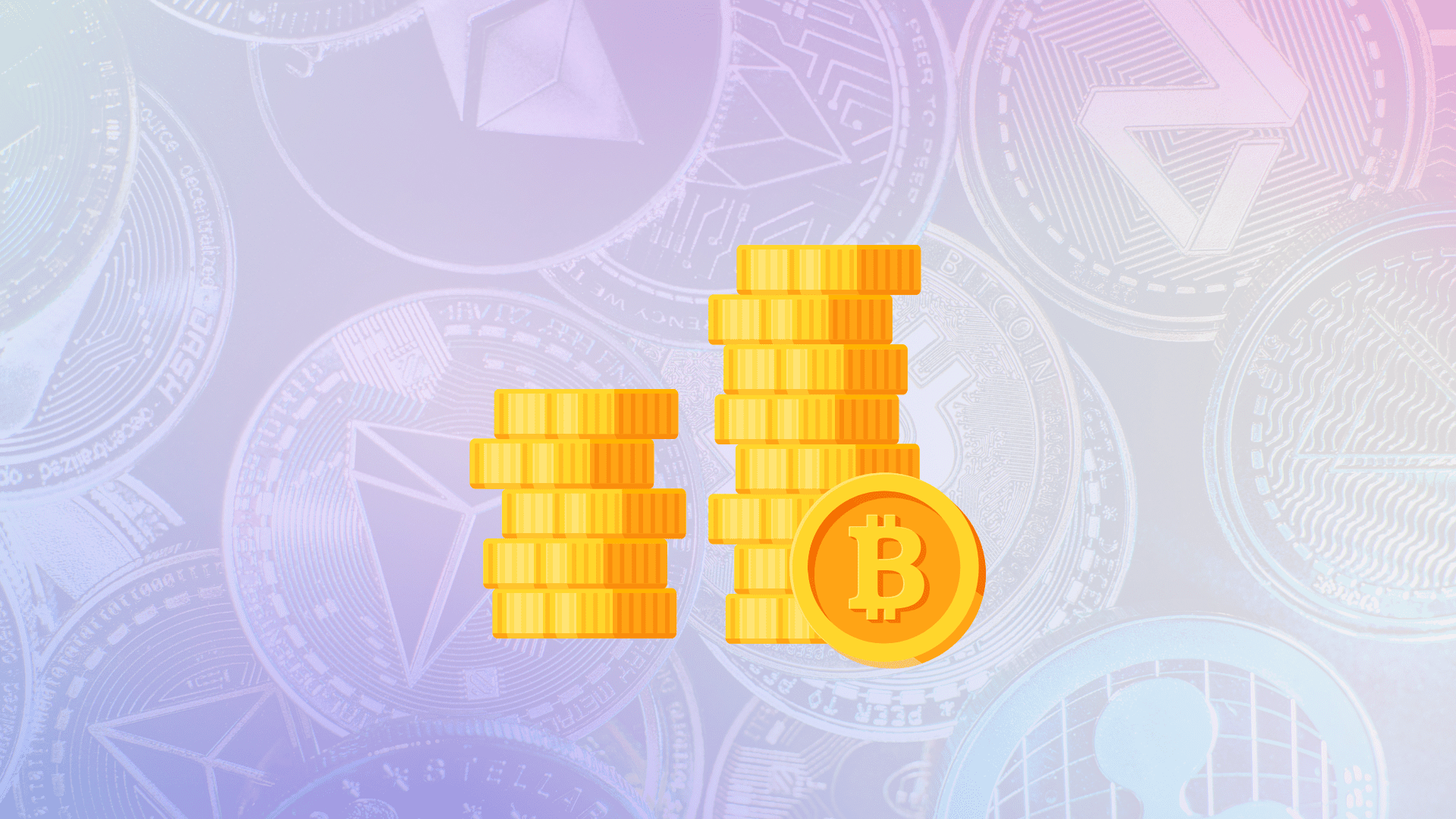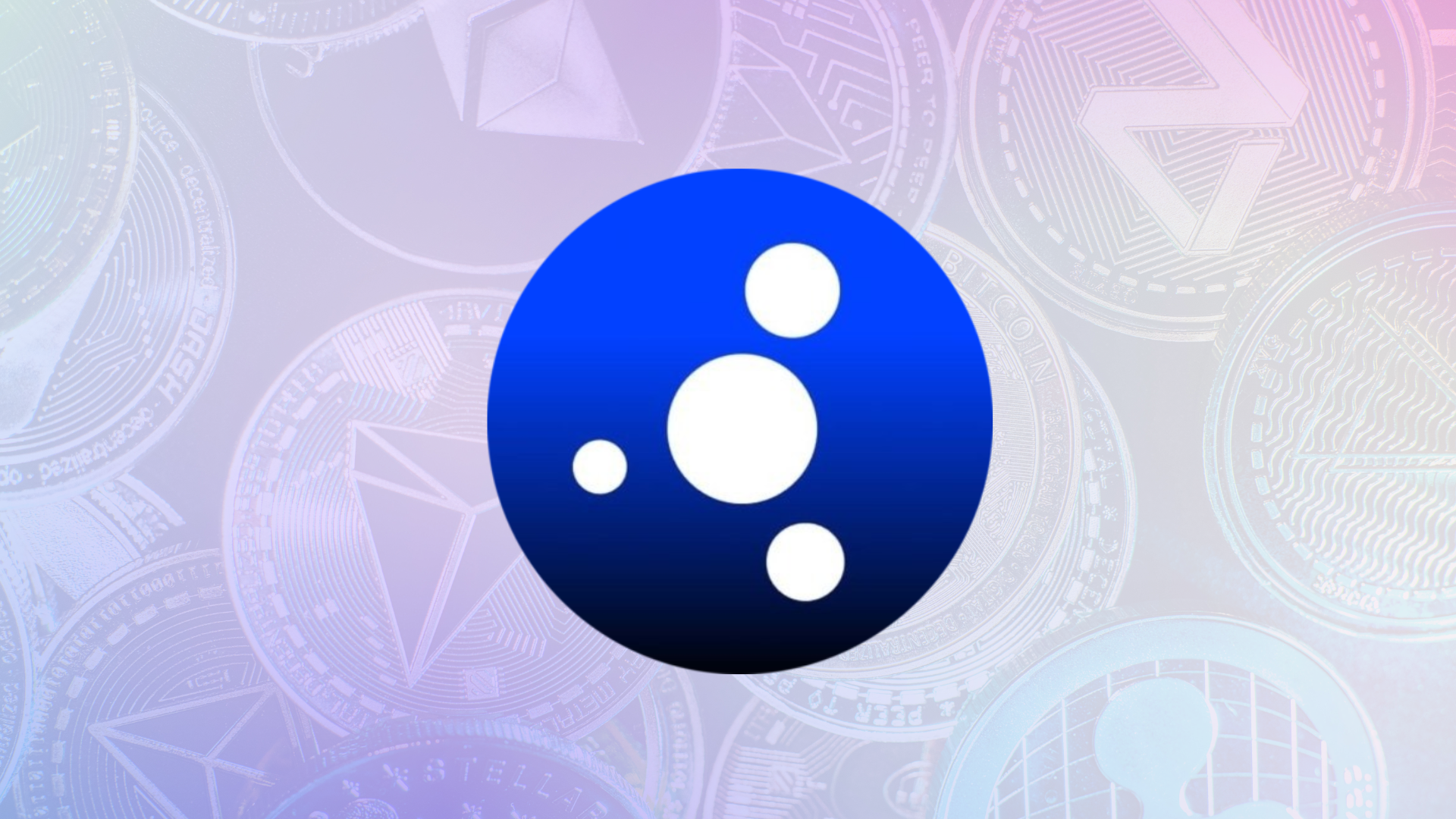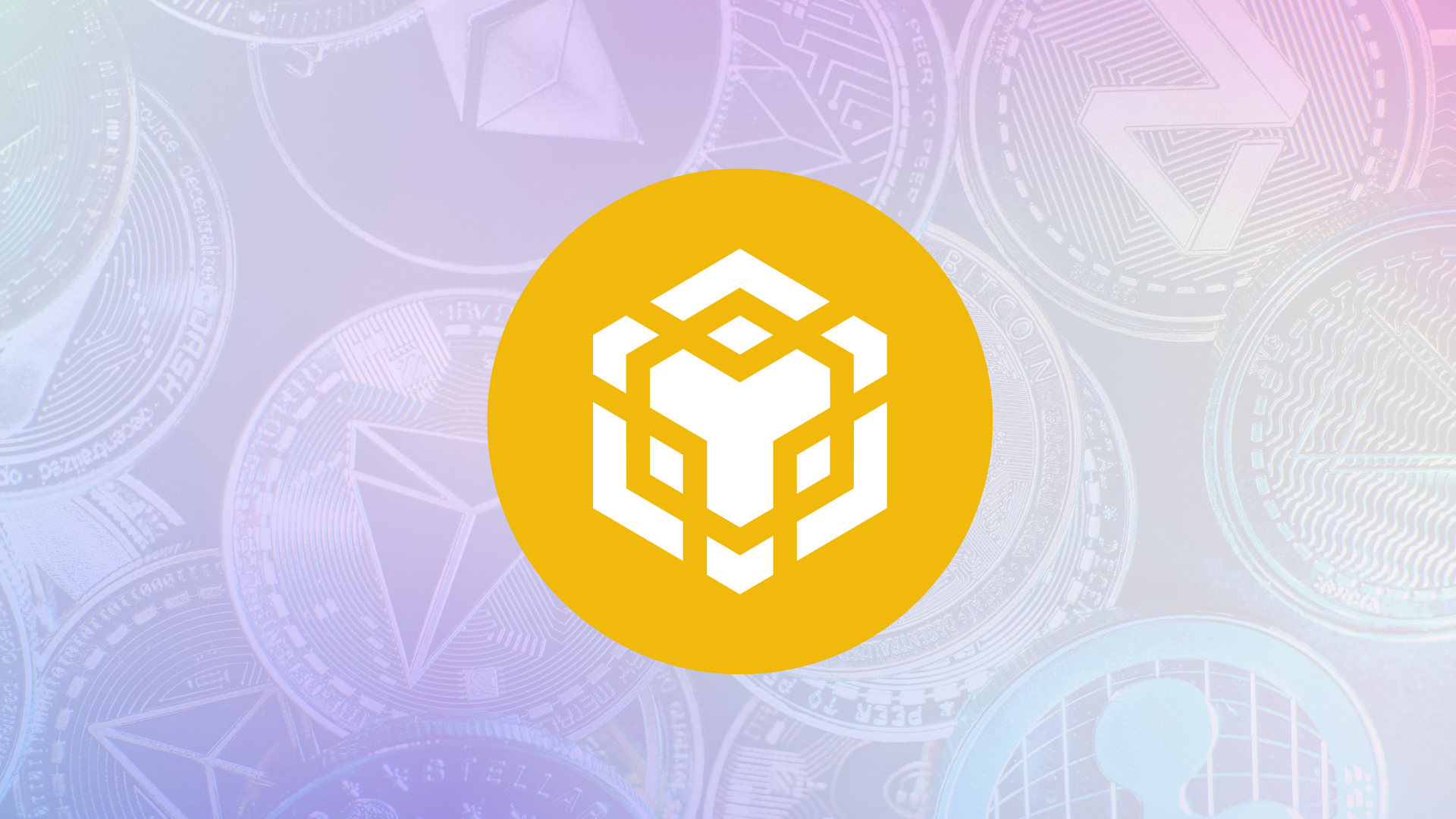At NFT Droppers, we provide the latest crypto news, in-depth project information, and comprehensive market insights. Launched in 2022, our platform covers new token launches, market trends, and detailed reviews of crypto and NFT projects. We offer reliable ratings based on 70+ evaluation factors, including tokenomics, roadmaps, and team authenticity. Whether you’re an investor or a crypto enthusiast, NFT Droppers keeps you informed with accurate, up-to-date information and expert analysis.
How Long Does It Take to Mine 1 Bitcoin

Table of Contents
Bitcoin mining isn’t just a tech buzzword—it’s a gritty grind that promises a shot at owning the world’s top cryptocurrency without shelling out cash to buy it. The question burning in every miner’s mind is blunt: how long does it take to mine one Bitcoin? The answer’s a maze of hardware power, network quirks, electricity bills, and a dash of nerve. This guide isn’t here to sell you dreams—it’s a no-nonsense playbook for Americans looking to mine Bitcoin in 2025, with costs in USD, realistic timelines, and strategies to make it happen. Let’s strip away the hype and get to work.
What Is Bitcoin Mining, Anyway?
At its core, Bitcoin mining is the engine that keeps the network humming. Miners use specialized computers to tackle complex mathematical problems, verifying transactions and etching them into the blockchain—a tamper-proof digital ledger that tracks every Bitcoin’s journey. Solve the puzzle first, and you’re rewarded with freshly minted Bitcoin—currently 3.125 BTC per block, worth about $312,500 at $100,000 per Bitcoin—plus a cut of transaction fees. Sounds like a sweet deal, doesn’t it? But here’s the rub: you’re not alone. Thousands of miners, from bedroom hobbyists to industrial farms, are gunning for the same prize, and only one wins each block.
The Bitcoin network churns out a new block every 10 minutes or so, like clockwork. Mining one Bitcoin isn’t about nabbing a single block—it’s about stacking enough rewards to hit that magic number. Your success hinges on your gear, your costs, and how well you navigate the chaos. Let’s dig into what shapes that timeline.
The Key Factors That Control Your Mining Timeline
Mining one Bitcoin is like running a gauntlet. Several forces dictate how fast—or slow—you’ll get there. Here’s what you’re up against.
Hash Rate: Your Rig’s Raw Power
Hash rate is how many calculations your mining rig can crank out per second. Think of it as your muscle in this race. A top-tier rig like the Bitmain Antminer S21 Pro pumps out 234 terahashes per second (TH/s)—that’s 234 trillion guesses at the puzzle. Impressive, but it’s dwarfed by the network’s total hash rate, hovering around 900 exahashes per second (EH/s). That’s a million trillion hashes every second. Your rig’s slice of that pie determines your odds of winning a block. More hash rate, better odds—but it comes at a price.
Network Difficulty: The Ever-Shifting Challenge
Bitcoin’s network adjusts its difficulty every 2,016 blocks—about every two weeks—to keep blocks coming every 10 minutes, no matter how many miners jump in or bail out. More miners mean a tougher puzzle, shrinking your chances of solving it. Difficulty in 2025 is sky-high, driven by Bitcoin’s price surge and a flood of new hash power. Higher difficulty stretches your timeline, forcing you to hustle harder for the same reward. Check real-time difficulty on trusted sites like Blockchain.com to stay sharp.
Block Reward and Halving: Your Paycheck
Every block you mine nets you 3.125 BTC, a number slashed in half every four years during the Bitcoin halving. The last one hit in April 2024, so we’re stuck with 3.125 until 2028. At $100,000 per Bitcoin, that’s $312,500 per block, plus a few grand in transaction fees. To mine one Bitcoin, you’re either hoping for a rare solo win or grinding for smaller pool payouts over time. The halving keeps the screws tight—fewer coins mean you need to outsmart the competition.
Electricity Costs: The Profit Eater
Mining rigs are power hogs. In the U.S., electricity prices swing wildly—$0.12 per kilowatt-hour (kWh) is a fair average, but you might pay $0.20 in California or as low as $0.07 in Texas. An Antminer S21 Pro slurps 3,510 watts, running up $10-$20 daily at average rates. That’s $3,650-$7,300 a year per rig. If your power bill outpaces your Bitcoin haul, you’re bleeding cash. Location and energy deals are make-or-break.
Solo vs. Pool Mining: Pick Your Fight
Solo mining is you against the world. Win a block, and the full 3.125 BTC is yours. But with today’s network, a solo win could take years—centuries, even—unless you’ve got a warehouse of rigs. Most miners join pools, teaming up their hash power and splitting rewards based on contribution. Pools pay out smaller, regular chunks, minus a 1-3% fee. Solo offers a jackpot; pools offer a paycheck. Your choice shapes how fast you hit one Bitcoin.
So, How Long Does It Actually Take?
Let’s cut to the chase. Mining one Bitcoin depends on your setup, strategy, and costs. Here’s how it shakes out in 2025, using a Bitcoin price of $100,000 and U.S. electricity at $0.12/kWh. These numbers assume you’re not getting crushed by a price crash or a difficulty spike.
Solo Mining with One Rig
Grab an Antminer S21 Pro—$4,000, 234 TH/s. Against a 900 EH/s network, your rig’s a speck—about 0.000026% of the total hash rate. On average, you’d mine a block every 7,300 years. Even if lightning strikes and you snag one, it’s 3.125 BTC, worth $312,500. But waiting decades isn’t a plan—it’s a pipe dream. Solo mining with one rig is a long shot unless you’re packing serious firepower.
Solo Mining with a Small Farm
Scale to 10 Antminer S21 Pros—$40,000, 2,340 TH/s. Your network share climbs to 0.00026%, dropping your block wait to about 730 years. Still brutal. A 100-rig farm—$400,000, 23,400 TH/s—gets you a block every 73 years. Electricity for 10 rigs runs $100 daily, or $36,500 yearly. The math screams one thing: solo mining’s for whales with cheap power and endless cash.
Pool Mining with One Rig
Pools are where most miners play. That same Antminer S21 Pro in a pool like F2Pool or Foundry USA earns about 0.00034 BTC daily ($34) after a 2% fee. To mine one Bitcoin, you’re looking at 2,941 days—roughly 8 years. Electricity costs $10/day, totaling $29,410 over 8 years. Add the $4,000 rig, and you’ve spent $33,410 to mine $100,000 worth of Bitcoin. Profit’s possible, but it’s a slow burn.
Pool Mining with a Bigger Setup
Ten Antminer S21 Pros in a pool push out 2,340 TH/s, earning 0.0034 BTC daily ($340). You’d mine one Bitcoin in 294 days—about 9.5 months. Power for 10 rigs is $100/day, or $29,400 over 294 days. Toss in $40,000 for hardware, and your total cost is $69,400 for $100,000 in Bitcoin—a $30,600 profit if prices hold. A 100-rig setup ($400,000) mines one Bitcoin in 29 days, but electricity hits $1,000/day. Big wins need big bets.
Cloud Mining: Renting the Dream
No room for rigs? Cloud mining lets you rent hash power from remote data centers. A $2,000 contract might give you 10 TH/s, yielding 0.000014 BTC daily ($1.40). That’s 71,429 days—195 years—for one Bitcoin. Fees and shady operators often make it worse. Cloud mining sounds easy, but it’s rarely profitable unless you find a legit provider and crunch the numbers hard.
Your Step-by-Step Guide to Mining Bitcoin
Convinced mining’s your move? Here’s how to hit the ground running, whether you’re starting small or aiming big.
Step 1: Do the Math First
Before you buy anything, run the numbers. Use a mining calculator like the one on CoinDesk. Plug in your rig’s hash rate, power draw, electricity cost, and pool fees. Check Bitcoin’s price and difficulty trends. If the calculator says you’re losing money, pivot—mining’s not a charity.
Step 2: Get the Right Gear
Bitcoin mining demands ASICs—application-specific integrated circuits built for one job: crunching SHA-256 hashes. The Bitmain Antminer S21 Pro ($4,000, 234 TH/s) or Whatsminer M30S++ ($3,500, 112 TH/s) are solid picks. GPUs and CPUs are useless here; don’t waste your time. Buy from reputable sellers, and double-check used rigs for wear and tear.
Step 3: Lock Down Cheap Power
Electricity’s your biggest hurdle. At $0.12/kWh, you’re spending thousands yearly per rig. Move to a low-cost state like Texas or Wyoming, where rates can dip to $0.07/kWh. Some miners score deals on renewable energy or grid surplus—think solar or wind for $0.05/kWh. Cooling’s critical too; ASICs overheat fast, so invest in fans or ventilation.
Step 4: Choose Your Strategy
Pool mining’s the smart play for most. Research pools like Antpool, F2Pool, or Foundry USA for low fees (1-3%) and uptime. Solo mining’s only viable with a massive setup and dirt-cheap electricity. Cloud mining? Proceed with caution—scams are common, so stick to vetted platforms and read the fine print.
Step 5: Set Up Your Operation
Hook your ASIC to a stable power supply and internet. Download mining software—CGMiner or BFGMiner are pool favorites. Configure it with your pool credentials or a solo wallet address. Test the setup for stability; a crashing rig’s a money pit. Keep an eye on temps and noise—ASICs are loud and hot.
Step 6: Secure Your Bitcoin
Your mined coins land in a wallet. For pools, use a software wallet like Electrum for quick access. For long-term storage, go hardware—Ledger or Trezor keep your Bitcoin offline and safe. Never store coins on exchanges or pool accounts; hacks are real, and you’re the target.
Step 7: Stay on Top of It
Monitor your rigs, payouts, and power usage daily. Tweak settings to boost efficiency without frying your gear. Track network difficulty and Bitcoin’s price swings. If mining turns unprofitable, don’t cling to hope—sell your rigs, relocate, or hodl your coins for a price spike.
Breaking Down Costs and Profits in the U.S.
Mining’s not cheap, and the U.S. isn’t always kind to miners. One Antminer S21 Pro costs $4,000 upfront, plus $3,650 yearly in electricity at $0.12/kWh. Add cooling, maintenance, and internet, and you’re at $5,000-$6,000 per rig annually. A 10-rig setup runs $40,000 in hardware and $36,500-$50,000 yearly to operate.
Profit’s a tightrope. One rig in a pool might earn 0.1241 BTC yearly ($12,410 at $100,000/BTC) after power costs, netting $8,760 profit. Ten rigs could pull $124,100, but you’re $40,000 deep in hardware. Break-even takes years unless Bitcoin’s price climbs or you slash electricity costs. Compare that to buying $4,000 of Bitcoin—0.04 BTC, no rigs, no bills. Mining’s bet is long-term: if Bitcoin hits $200,000, your coins double, and rigs might sell for extra cash.
The Risks You Can’t Ignore
Mining’s a battlefield, not a gold rush. Here’s what could trip you up:
- Price Crashes: Bitcoin at $50,000 cuts your profits in half, but power bills stay fat.
- Difficulty Surges: New miners flood in, making every block harder to win.
- Old Gear: New ASICs drop yearly, turning your rigs into paperweights.
- Regulations: U.S. rules on crypto mining are tightening, especially around energy. Watch the news.
- Scams: Fake cloud mining sites and dodgy hardware deals can wipe you out. Trust no one without proof.
Pro Moves to Boost Your Mining
Want to come out ahead? Here’s how to sharpen your edge:
- Relocate to Texas, Wyoming, or anywhere with $0.07/kWh or less.
- Pick a pool with 1% fees and a track record—every penny counts.
- Upgrade rigs every 2-3 years to keep pace with new tech.
- Tap solar, wind, or grid deals to cut power costs.
- Sell mined Bitcoin at price peaks to maximize USD returns.
FAQs About Bitcoin Mining
How much does it cost to mine one Bitcoin?
One Antminer S21 Pro ($4,000) in a pool takes 8 years, with $29,410 in electricity at $0.12/kWh. Total cost: $33,410 for $100,000 in Bitcoin, assuming prices don’t tank.
Can I mine with a laptop or GPU?
Forget it. Laptops and GPUs can’t touch ASICs for Bitcoin mining. You’d burn more in electricity than you’d earn.
Is solo mining a good idea?
Not unless you’ve got a massive farm and near-free power. Pools give you steady payouts; solo’s a gamble with bad odds.
What’s the quickest way to mine one Bitcoin?
Ten Antminer S21 Pros in a pool take about 9.5 months, costing $69,400 in rigs and power. More rigs, faster results—but bigger risks.
Will mining stay profitable forever?
No promises. Profit hinges on Bitcoin’s price, network difficulty, and your costs. A price drop or power hike can turn profits to dust.
Conclusion
Mining one Bitcoin in 2025 is a hustle, not a shortcut. A single rig in a pool takes 8 years, netting maybe $66,590 after costs—if Bitcoin holds at $100,000. Ten rigs cut it to 9.5 months, with $30,600 profit, but you’re risking $69,400 upfront. Solo mining’s a fantasy for most; pools are your best shot unless you’ve got millions to burn. The real fight is costs—electricity, hardware, and market swings can make or break you.
This isn’t about luck—it’s about strategy. Run the numbers, find cheap power, and secure your coins like a vault. Mining’s a bet on Bitcoin’s future, so ask yourself: are you ready to play the long game, or is buying coins the smarter move? Whatever you choose, move with eyes wide open. The blockchain rewards the sharp, not the hopeful. Get your plan tight, and stake your claim.

Disclaimer: The information presented here may express the authors personal views and is based on prevailing market conditions. Please perform your own due diligence before investing in cryptocurrencies. Neither the author nor the publication holds responsibility for any financial losses sustained.
CRYPTO PAYMENT GATEWAY
 Crypto Cloud
Crypto CloudTOP EXCHANGES
BEST CRYPTO CASINO
BEST HARDWARE WALLET
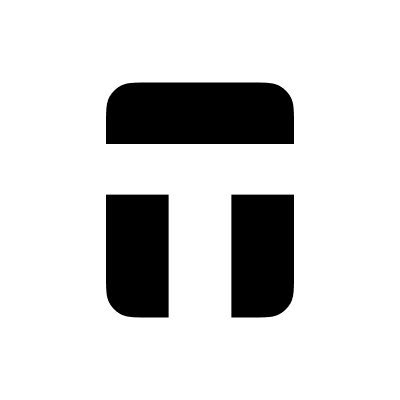 Tangem
Tangem
 Xyes Casino (Must Try)
Xyes Casino (Must Try) Stake.com
Stake.com Coins.Game Casino
Coins.Game Casino
